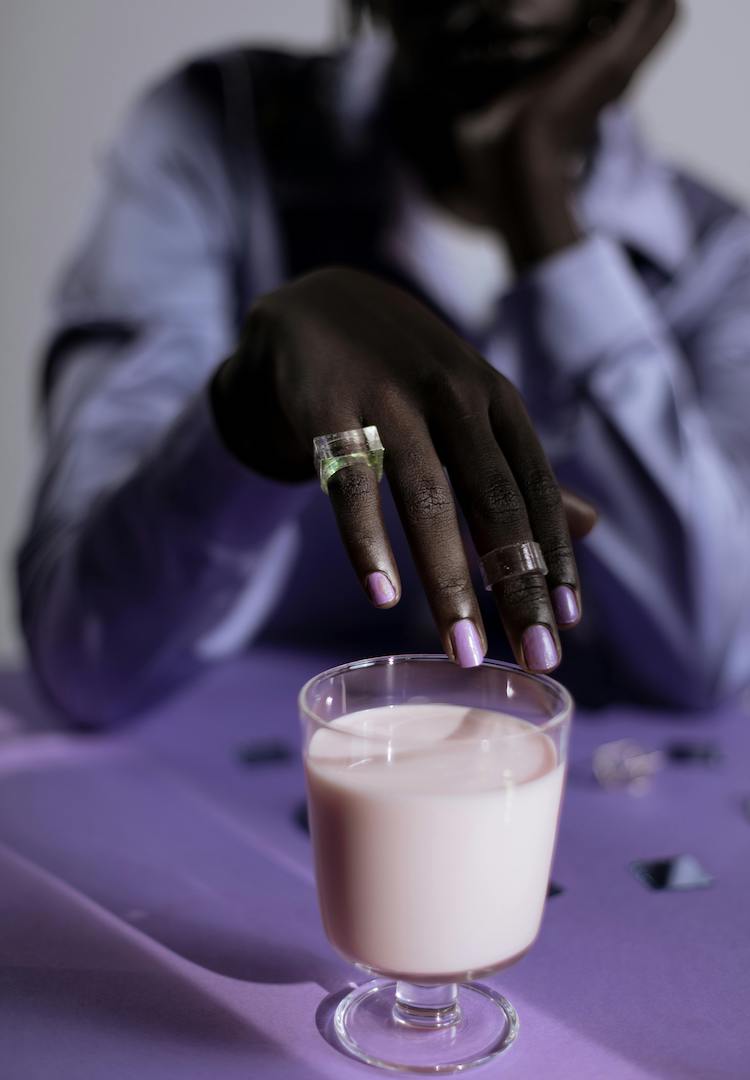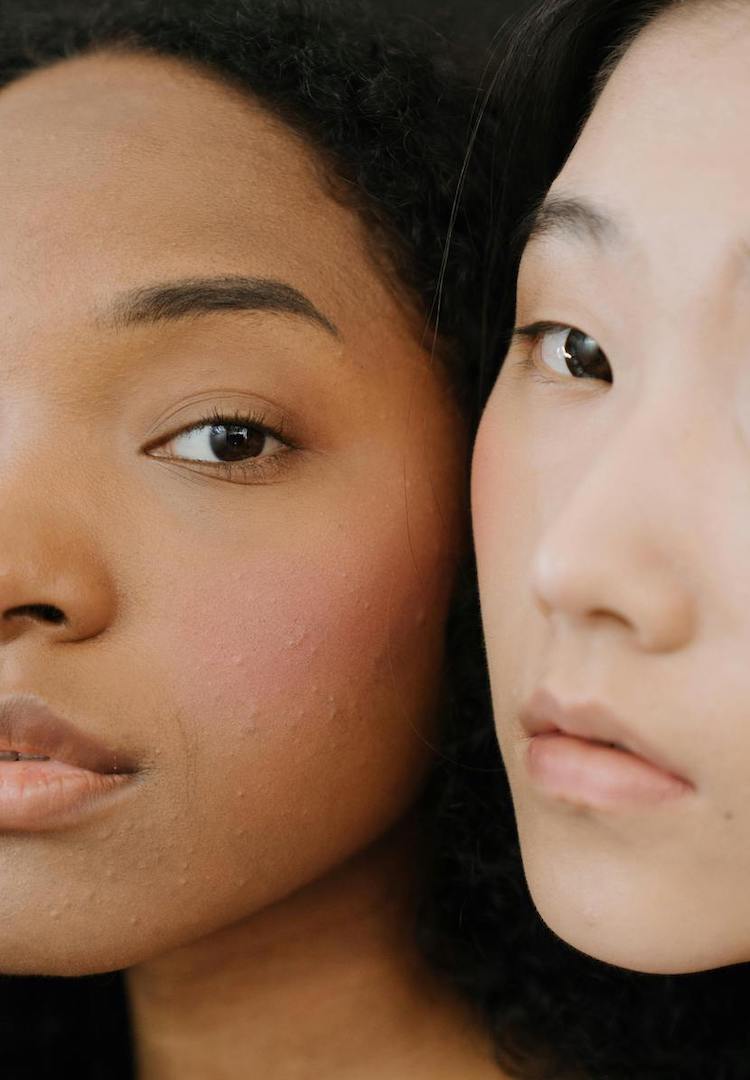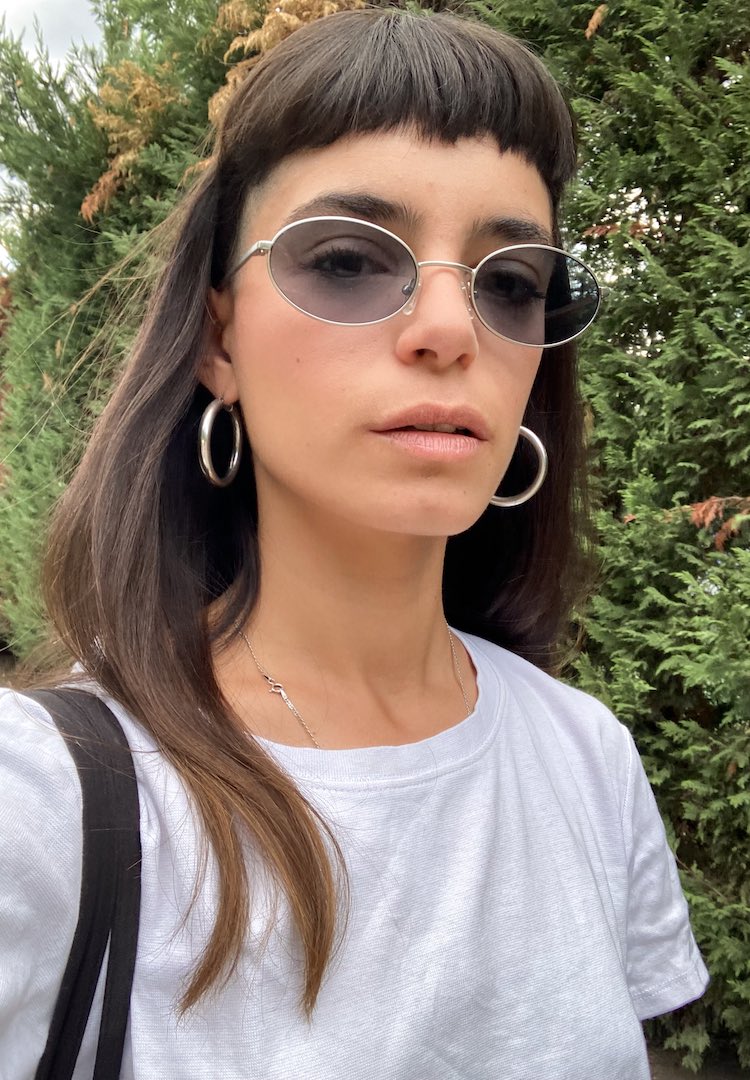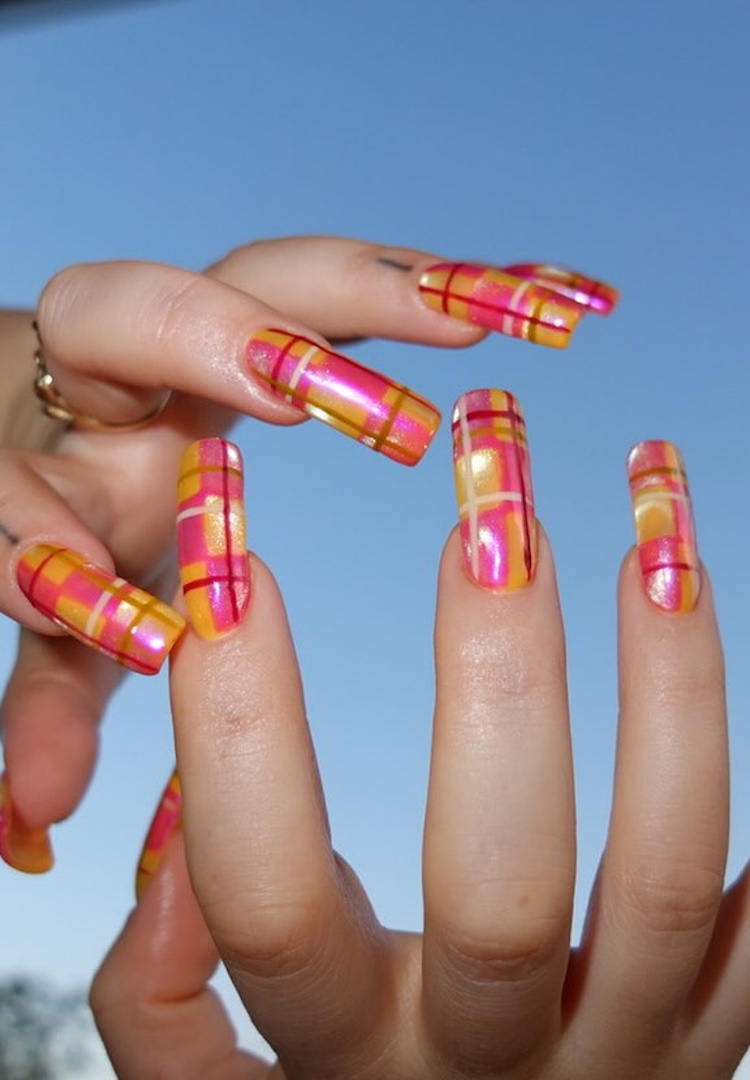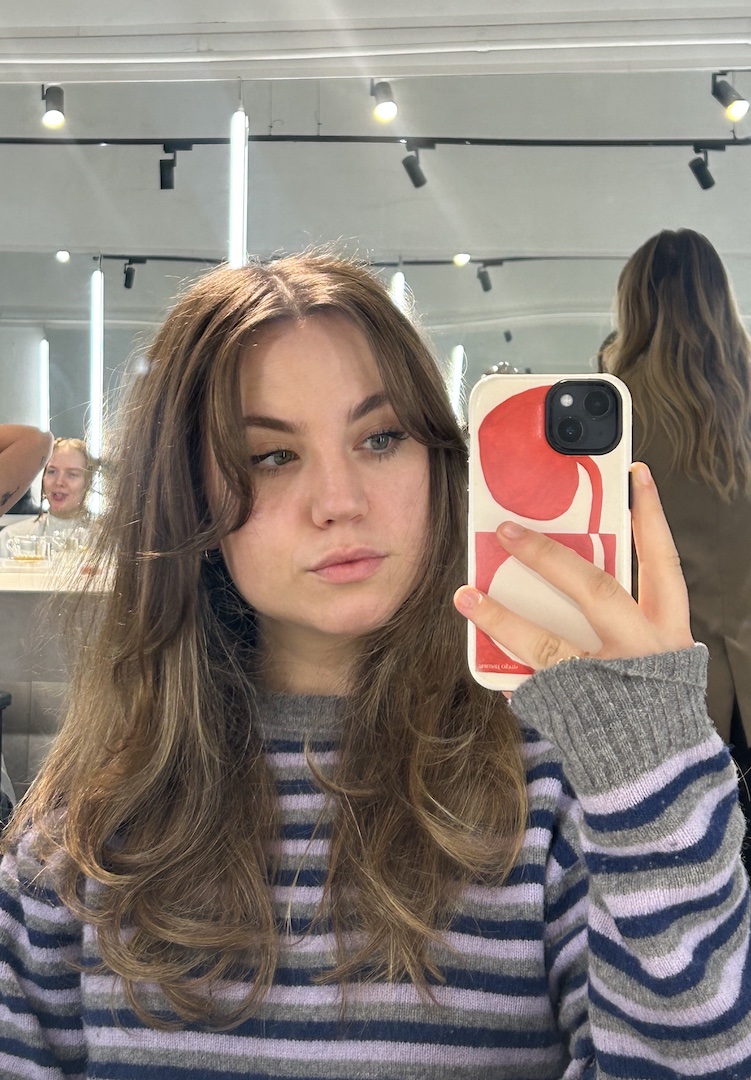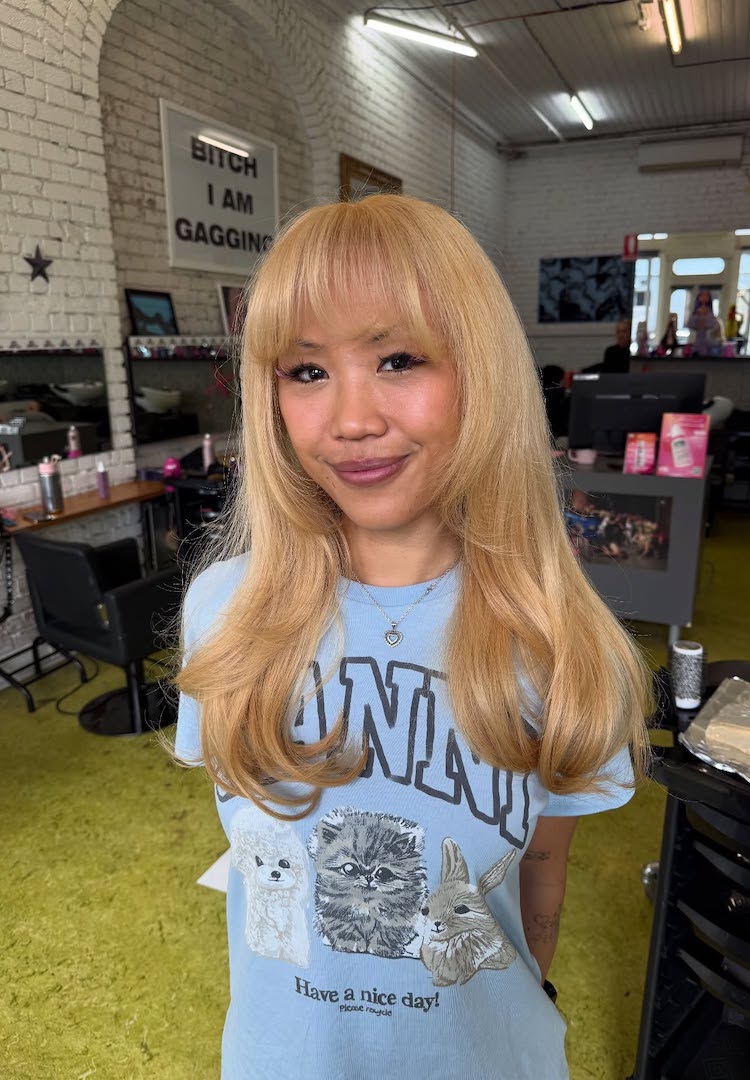I tried a Kerasilk hair treatment, here are my thoughts as a regular keratin girlie
IMAGE VIA @dryumikokadota/INSTAGRAM
WORDS BY DR YUMIKO KADOTA
Road test.
Dr. Yumiko Kadota is an Australian-trained aesthetic physician and author of the memoir, Emotional Female.
As someone who has had multiple keratin treatments, I can confidently say that by now, I know what works and what doesn’t. I’ve been through the process enough times to gauge the pros and cons, as well as the aftercare and maintenance.
For more hair and beauty features, check out our Beauty section.
As well as making your hair look shinier, one of the reasons I get keratin treatments is because it reduces the time it takes to dry and style my hair. If you have long hair or a lot of it, it truly does make life so much easier.
Having had several different keratin treatments so far, I was eager to try out Kersailk keratin to see exactly how it stacked up compared to a regular treatment.
Before making your appointment, it’s important to know how your hair behaves and what you want to achieve. For example, mine is thick, coarse, and damaged. I’m a swimmer and one of the worst things you can do after swimming in a chlorinated pool is to let your hair dry without washing it straight away – something I’ve admittedly done a few times.
My hair is also what’s considered a type two, meaning it naturally has some waves in it if I let it air dry. I’d also describe it as ‘poofy’, with a lot of volume. But that’s the thing about getting a keratin treatment – if you have a lot of hair, it can make it sleeker and more manageable. However, if you have thin hair, it can make your hair feel flatter.
I also went through an ‘Asian balayage’ phase, which was fun while it lasted but inevitably was too difficult to maintain and left me with damage from the bleach. At the start of the year, I had a dark toner to return my hair colour back to its natural colour. So, even though my hair looks uncoloured, it has underlying damage – it’s just strategically covered up.
While keratin treatments can be performed on all hair types, if you already have straight or low-porosity hair, it probably won’t make a massive difference. Low porosity means your hair doesn’t absorb or let go of water very easily – so if anything, keratin might lead to product buildup on top of your relatively closed cuticles. Keratin treatment has the most impact on those with long, thick hair, so those with low porosity hair may be better off using moisturising products and treatments.
How do keratin treatments work?

Before the Kerasilk keratin treatment
When considering whether to go ahead with a keratin treatment, it’s important to know a bit of science first – please humour me while I get a little nerdy here. The outside layer of the hair is called the cuticle, which consists of cells that overlap each other. For smooth and glossy hair, the cuticles need to lay flat.
There are three types of bonds – hydrogen, ionic (also referred to as salt) and disulfide bonds. Several factors can damage the bonds in your hair like heat, chemicals, colour, UV exposure and physical trauma to the hair like brushing it too rough or tying it too tight.
The treatment starts with a clarifying shampoo to properly clean your hair and open up the cuticle so it can absorb the keratin treatment. The active ingredient in keratin treatments like the one by Kerasilk is glyoxylic acid, which is safer than older formulations that use formaldehyde.
Because keratin treatments need to be activated through heat, they aren’t typically recommended if you already have heat damage to your hair. You can either wait to restore your hair health or if it’s only a small section of hair that’s been damaged, the hair professional can avoid that particular area.
What makes Kerasilk different?
There are plenty of keratin treatments out there (I should know), but this was my first time trying the Kerasilk keratin. Basically, what sets it apart is the combination of biomimetic silk, shea oil and ‘thermal-active KeraShape Technology’.
Biomimetic silk is a bioengineered, vegan alternative to the more commonly used hydrolysed silk. It replicates the composition and benefits of traditional silk, while replenishing the amino acids inside and outside the hair. Considering my hair needed some TLC and the fact that Kerasilk was recommended for ‘unruly’ hair, lasting up to five months, I was eager to test it for myself.
What I thought

After the Kerasilk keratin treatment
All up, the treatment took two hours. Given how long my hair is and how much of it I have, my past appointments have taken at least three hours, so this was a major drawcard.
I’ve also had treatments where I couldn’t wash my hair for a few days and had to avoid kinking my hair (meaning no tucking your hair behind ears or tying it up – an almost impossible feat). One of the benefits of the Kerasilk version was that there was no downtime. In fact, I was able to wash and style it straight away. Even though it’s only been a week, my hair feels noticeably softer after washing and it didn’t take nearly as long to blow dry my hair. As a low-maintenance person when it comes to beauty, this has been ideal.
I liked that it didn’t have a bad smell like previous treatments I’ve had. Instead, it had notes of jasmine and vanilla, which helped disguise the usual smell of chemicals in the treatment solution. If you look after your hair well, the treatment should also last up to five months.
With summer coming, I’d also suggest wearing a hat to avoid UV damage to your hair and if you’re a swimmer like me, wet your hair before you jump in the pool (you can also add a leave-in treatment) and wash it as soon as you get out.
Disclosure: I’ve previously paid for my keratin treatments, but was gifted a Kerasilk keratin treatment at Wildlife Sogo Hair thanks to Blush PR.
Find a list of salons that offer Kerasilk keratin here.

